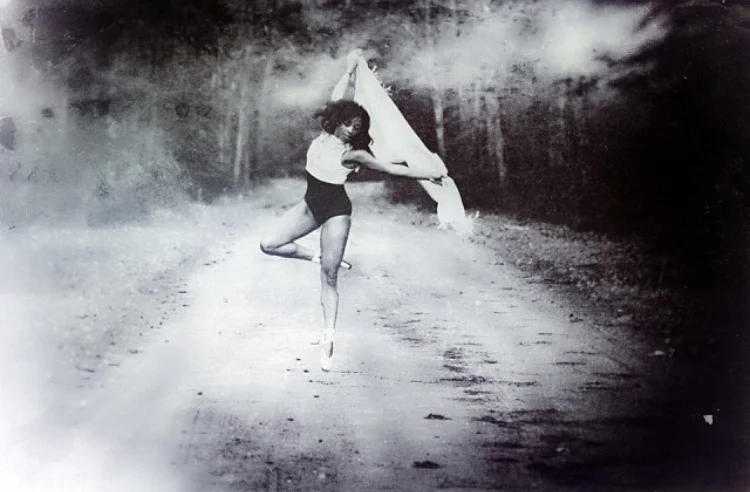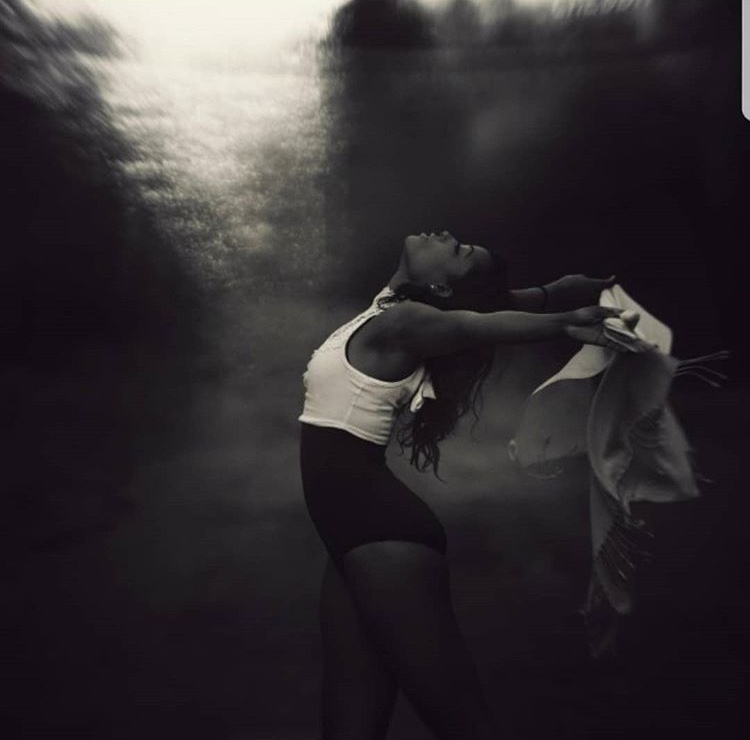As a nation, we are continuing to embrace diversity and are now seeing more representation in lead roles in the arts. Black women have been busting down stereotypes and refuting the status quo in every facet of entertainment. Spaces that were not traditionally held by women of color are now led by them. From the Williams sisters passing the torch on to Coco Gauff and Naomi Osaka to Black creatives both in front of and behind the film lens, the arts are making serious strides.
Unfortunately, there are still art forms that are behind the times and lacking meaningful representation. Take for example, ballet. Just last year, a major dance apparel company, Freed of London, began selling dance slippers in bronze and brown as opposed to the standard “European pink” or nude. This comes 200 years after the production of dance slippers that are made in nude or “European pink” to match the skin tone of predominantly white ballerinas. Previously, Black ballerinas had to dye their slippers to match their skin tone.
While Black dancers have been in the U.S. entertainment industry for a millennia, there has been a silent separation of what was considered acceptable forms of dance for Blacks to participate in. Although Misty Copeland became the first African American female principle dancer at the American Ballet Theatre, she is not the only pioneering Black ballerina. Ballet has seen the success of women like Janet Collins and Raven Wilkinson in the early 50’s. Even with their success, renowned African American dancers have been scarce.
With the rise of ballerina's like Misty Copeland, more minority dancers are finding lead roles in ballet and other dance companies. There are also many dance companies that are encouraging young women of color to try other styles of dance. The barriers Black women face regarding access to spaces are not completely eradicated. Because of this, professional Black dancers are taking matters into their own hands. Across the nation, Black dance instructors are opening their own dance studios to teach young Black girls to embrace the many different variations of dance. These dance professionals are giving rise to a new wave of young black girls desiring to be ballerinas.



